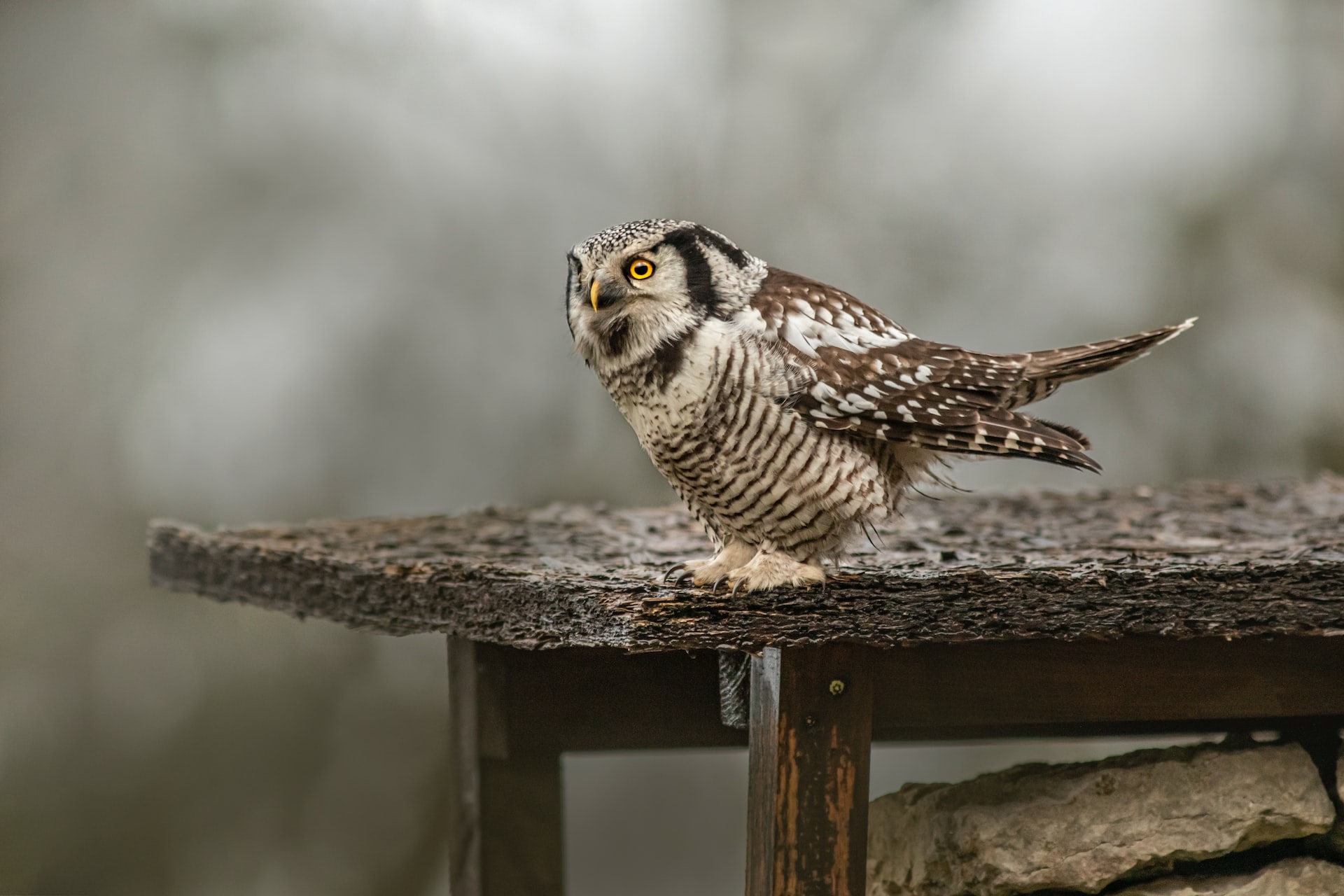Birds are some of the most fascinating creatures on the planet. They are found in almost every part of the world, from the freezing Arctic to the scorching deserts of the Sahara. But what is the evolutionary history of birds? How did they come to be the diverse and widespread group of animals we know today? In this essay, we will explore the evolutionary history of birds, from their dinosaur ancestors to modern-day species.

Birds are descendants of a group of two-legged theropod dinosaurs known as maniraptorans. These dinosaurs lived during the Late Jurassic and Early Cretaceous periods, approximately 160 to 100 million years ago. Maniraptorans were small, feathered dinosaurs with long arms and sharp claws, and they were among the most bird-like dinosaurs of their time. They also had a wishbone, a key feature of modern-day birds that helps support their wings during flight.
One of the most famous maniraptorans is Velociraptor, a fierce predator made famous by Jurassic Park movies. Velociraptor was about the size of a turkey and had feathers, which helped them stay warm and possibly aided in balance while hunting. Another important maniraptoran is Archaeopteryx, a bird-like dinosaur that lived about 150 million years ago. Archaeopteryx had feathers and wings, but it also had a long bony tail and teeth, features that distinguish it from modern-day birds.
The transition from dinosaurs to birds is a complex process that is still not fully understood. One theory is that small dinosaurs evolved feathers for insulation and display, which eventually helped them glide and then fly. Over time, natural selection favored those dinosaurs that were better adapted to flying, and they eventually evolved into the first true birds. This process is known as adaptive radiation, and it is thought to have occurred over millions of years.
The first true birds appeared during the Late Jurassic and Early Cretaceous periods, approximately 150 to 100 million years ago. These early birds were small and had teeth, like their dinosaur ancestors. They also had long tails, unlike modern-day birds. One of the oldest known birds is Archaeornithura meemannae, which lived in what is now China about 130 million years ago. Archaeornithura was about the size of a pigeon and had sharp teeth, indicating that it was a carnivore.
Over time, birds continued to evolve and diversify. One major event in bird evolution occurred during the Cretaceous-Paleogene extinction event, which occurred about 66 million years ago. This event wiped out the dinosaurs, including many of the bird-like dinosaurs that existed at the time. However, some birds survived, and they continued to evolve and diversify in the absence of their dinosaurian competitors.
During the Paleogene period, approximately 66 to 23 million years ago, birds continued to diversify and evolve. One group of birds, the enantiornithines, was particularly successful during this time. Enantiornithines were diverse and widespread, and they existed in a variety of habitats, including forests, grasslands, and wetlands. However, they eventually went extinct at the end of the Cretaceous period.
Another major event in bird evolution occurred during the Eocene epoch, approximately 56 to 33 million years ago. During this time, the first modern-style birds appeared, including songbirds, parrots, and raptors. These birds had shorter tails than their ancestors and were better adapted to perching and walking on the ground. They also had more complex vocalizations, which allowed them to communicate with other birds and possibly helped them attract mates.
During the Miocene epoch, approximately 23 to 5 million years ago, birds continued to diversify and evolve. One group of birds that evolved during this time was the waterfowl, including ducks, geese, and swans. Waterfowl evolved specialized bills and feet for swimming and diving, and they became adapted to a wide range of aquatic habitats, including lakes, rivers, and oceans.
The Pliocene epoch, approximately 5 to 2.5 million years ago, saw the evolution of some of the largest birds that ever lived, including the terror birds and the elephant birds. Terror birds were large, flightless predators that lived in South America, while elephant birds were flightless birds that lived in Madagascar. Both groups went extinct during the Quaternary period, possibly due to climate change and human hunting.
Today, there are over 10,000 species of birds, each with its own unique adaptations and behaviors. Birds are found in almost every habitat on the planet, from deserts to rainforests to the open ocean. Some birds are small and delicate, while others are large and powerful. Birds also have a wide range of ecological roles, from pollinators and seed dispersers to predators and scavengers.
In conclusion, the evolutionary history of birds is a complex and fascinating story that spans millions of years. Birds are descended from small, feathered dinosaurs that lived during the Late Jurassic and Early Cretaceous periods, and they evolved into the diverse and widespread group of animals we know today through adaptive radiation and natural selection. Along the way, birds survived extinction events, diversified into a wide range of habitats and ecological roles, and evolved a variety of adaptations for flight, swimming, and perching. Today, birds are a vital and important part of the Earth's ecosystems, and they continue to inspire wonder and amazement in people around the world.
Code: 88888
Comments
Post a Comment